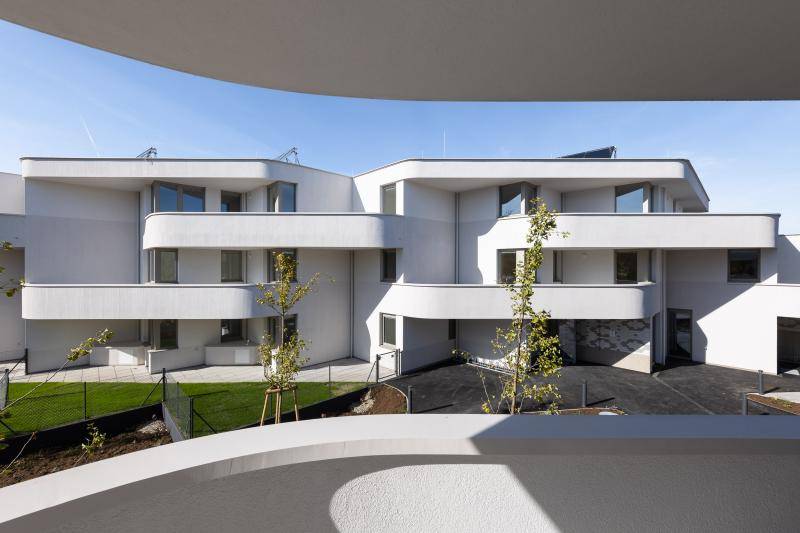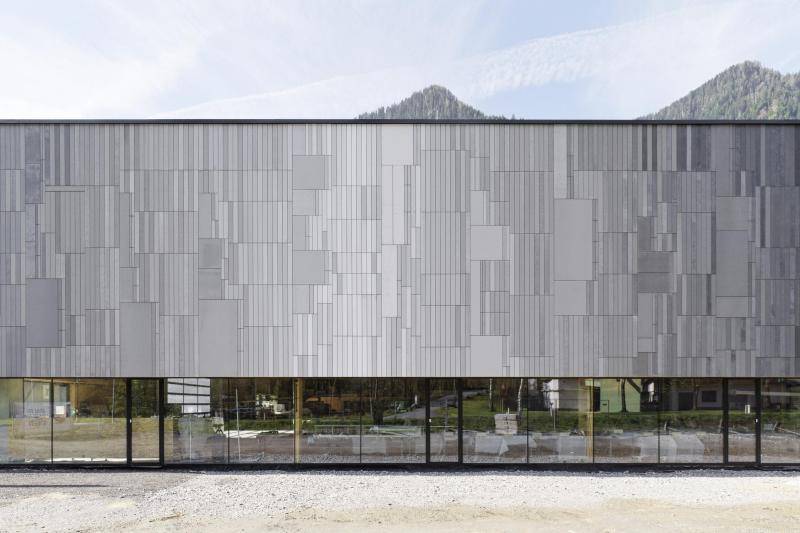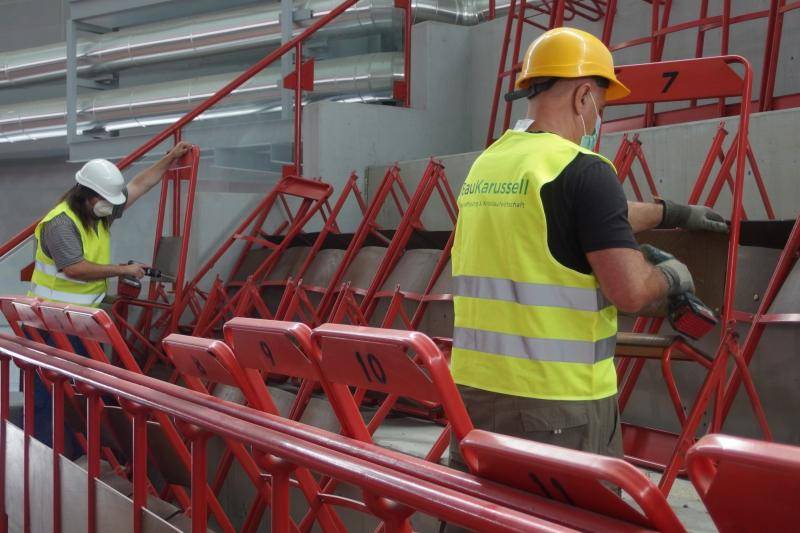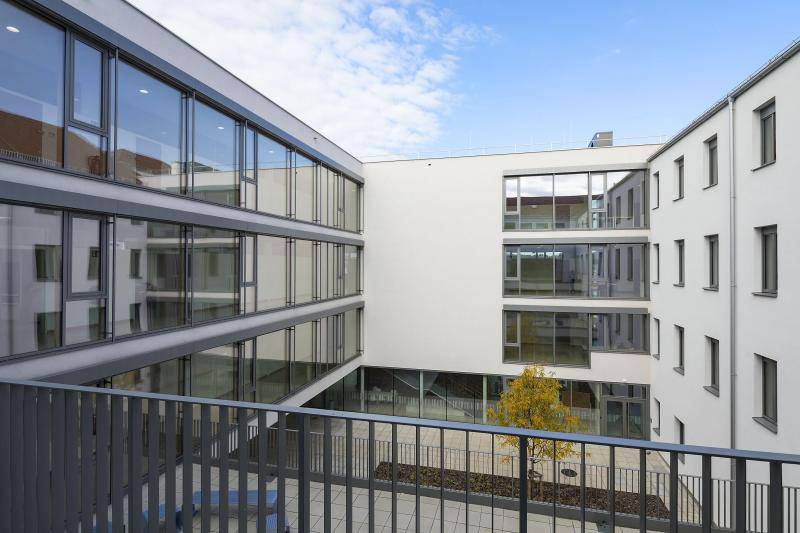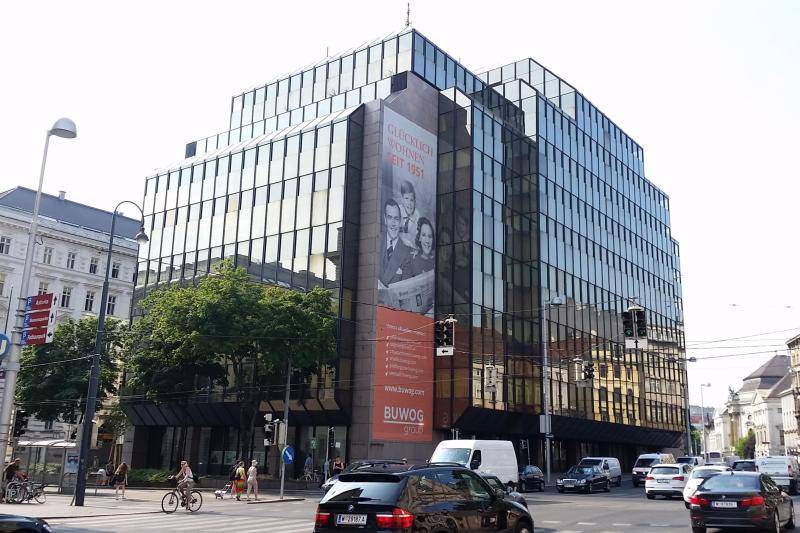Future-Oriented Rest Area
Between Vienna and Salzburg, the modernised Roggendorf service station is setting an example for the future of transport infrastructure. Here, Afinag is demonstrating how a rest area can be redesigned with ecology in mind, technically upgraded and functionally reorganised.
November 2023
25.000 m²
Asfinag

Sustainably Expanded and Intelligently Organized
The previous rest area had reached its capacity limits, prompting a comprehensive redesign and significant expansion. From the outset, the planning process focused clearly on ecological optimization.
The new facility now offers 4 caravan spaces, 46 car parking spaces, and 58 truck parking spaces, an increase of 33 compared to the former layout. At the same time, the charging infrastructure has been substantially upgraded: Additional EV charging stations for cars and trucks are now available, supported by a digital monitoring system that tracks parking occupancy and displays it in real time on an information screen at the entrance.
A key sustainability measure lies in the handling of existing materials. Demolition material was processed directly on site and reused, significantly reducing transport distances, CO₂ emissions, and resource consumption. Excavated soil was reintegrated, processed asphalt was incorporated into the new pavement layers, and crushed concrete was reused as a frost protection layer.
The construction combines concrete and timber elements, balancing structural performance, durability, and a reduced CO₂ footprint. The new 1,500 m² canopy fulfills both technical and ecological functions: It features a green roof and carries 290 photovoltaic panels that generate approximately 25% of the required electricity. The building services follow the same logic, with an air-source heat pump covering around 75% of the energy demand.
The outdoor areas are designed according to the sponge city principle, which uses permeable layers and underground storage volumes to retain rainwater on site, allow it to infiltrate, and make it available to the vegetation. This not only improves irrigation but also helps mitigate heat stress.
